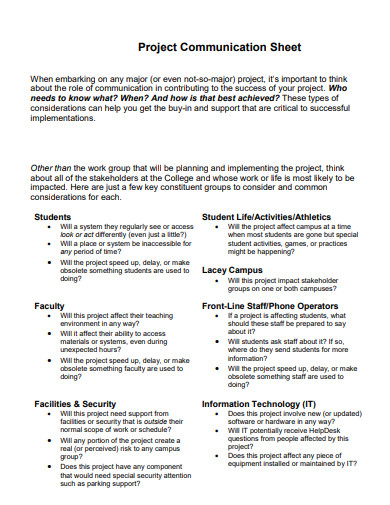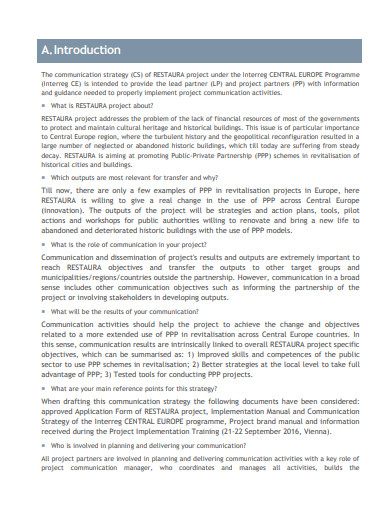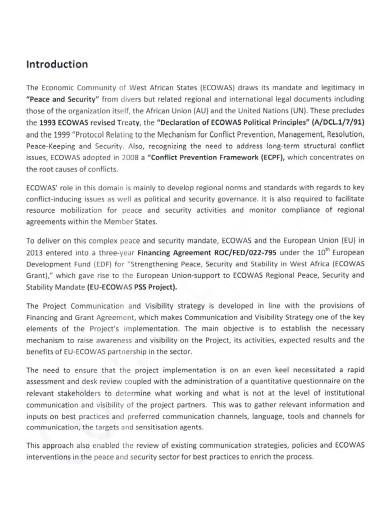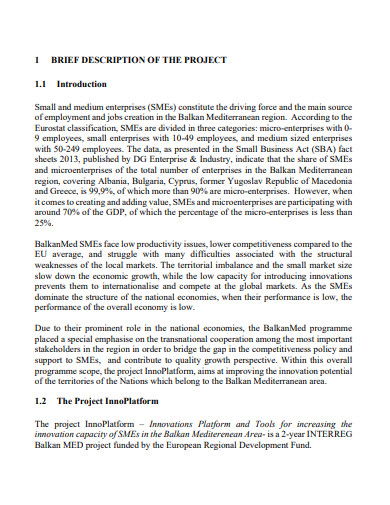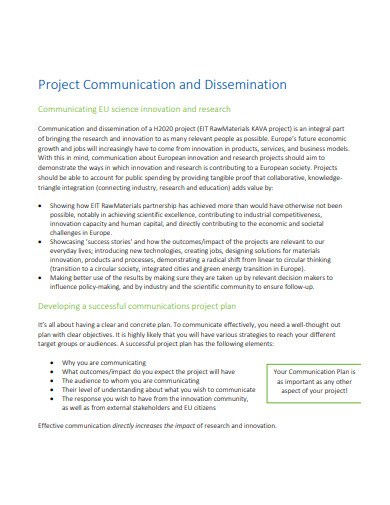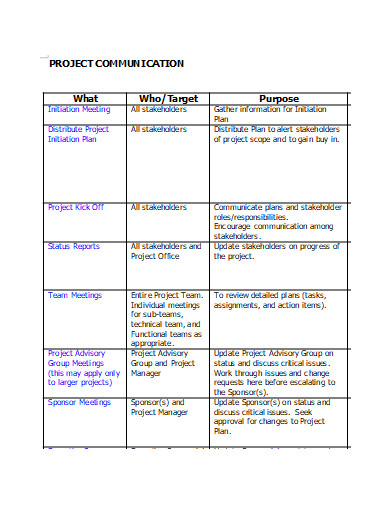It’s difficult to maintain all responsible parties informed about the program’s changing state without a good project communication plan. There is a lack of openness, which leads to wasteful and detrimental decisions that will obstruct the project’s goals. It’s simple to maintain openness across all aspects of project management with excellent communications in place, resulting in the best decisions being taken, which translates to efficient project execution.
9+ Project Communication Samples
The effectiveness of your project hinges on effective communication. Inform project stakeholders, team members, and management about project progress and challenges. Keep a standard plan for educating the target audience, even if the communication calendar varies depending on the audience. The communication plan is used to keep track of all communication activities, including frequency, delivery mode, and intended audience for each one. It serves as a foundation for adding suitable checkpoints or tasks to the project plan. They’re especially useful if a phase is expected to last a long time or if there’s permission to skip particular phase reviews.
1. Project Communication Flowchart
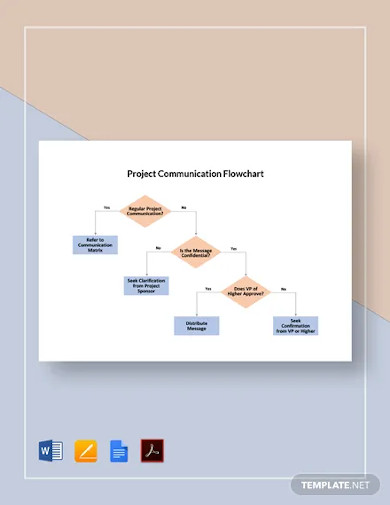
2. Software Project Communication Plan
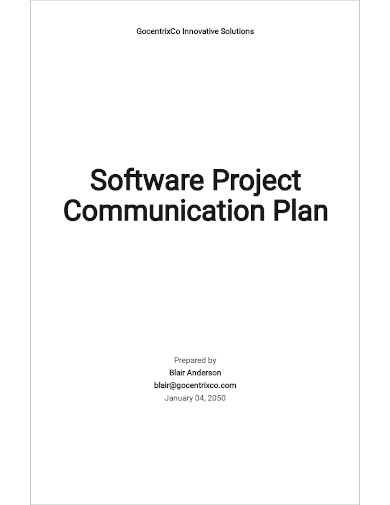
3. Project Communication Sheet
4. Project Communication Strategy
5. Project Communication Services
6. Project Communication and Visibility Strategy
7. Sample Project Communication Plan
8. Project Communication Tracking and Reporting
9. Project Communication and Dissemination
10. Printable Project Communication
Steps in Creating a Plan for Project Communication
Determine your objectives
What will your communication’s objective be? For example, a status report can be used as a communication tool to raise awareness. Others, such as requesting a sponsor’s approval for spending or a customer’s approval for project testing, may necessitate action.
Determine your audience
What are the project’s key stakeholders? Make a thorough list of all those participating. Consider anyone who will be affected by the project or has a say in its outcome. Team members, sponsors, consumers, and other parties involved should all be listed on this list.
Write your message
What will each sort of communication’s content be? This is the content that will be distributed. Scope, schedule, money, objectives, challenges, and deliverables are all important elements to communicate.
Choose your channel
What will be the method of delivery? Will it be an official report sent to all stakeholders through email? Is it going to be a casual verbal debriefing during a team meeting?
Set a timeline
When are you going to deliver your message? Do your stakeholders expect reports every week or every month? Is there a time limit to stick to? Consider the time zones and personnel schedules while making this decision.
Your project communication management strategy should be extensive enough to include reasons for sending messages, who you’ll send them to, what content will be provided, how you’ll send it, and when.
It’s critical to include your stakeholders in the development of this plan. You must be aware of their communication demands and preferences. They may cease paying attention if you communicate too much. However, if you do not communicate, you risk misunderstandings and problems.
The basic rule here is that in order to communicate effectively, you must also listen well. Although it may seem self-evident, Harvard Business Review claims that listening is an underutilized leadership skill. Before you create your project communication management plan, consider all of the factors and everyone’s viewpoints.
[/ns_row]
FAQs
What is communication plan?
The communication plan is used to track all communication activities, including frequency, delivery mode, and target audience for each one. It serves as a foundation for adding appropriate waypoints or tasks to the project plan.
How to be successful at project communication management?
The ability to communicate effectively is essential to project success. In reality, one of the most common reasons for project failure is a lack of communication. This is avoided by using project communication management. Effective managers communicate with their teams in both formal and informal ways, using a variety of channels. This increases the likelihood of messages being received. To limit the chances of communication problem, use basic language, stick to relevant issues, make messages concise, and keep all data in one location.
You can minimize misunderstandings about mission and objectives by using good communication methods and processes. There will be less disagreements. Everyone on the team, including stakeholders, will be on the same line. Planning for communication includes spending time early in the project planning phase to learn about stakeholders and how they prefer to be informed. This indicates that they are more invested in the project’s success.
Related Posts
Exemption Letter
News Report
Employee Uniform Form
Self-Declaration Form
To Whom It May Concern Letter
10 FREE Notice To Quit Letter Samples & Templates
Security Company Profile
Written Warning
Event Program
OMR Sheet
Building Inspection Report
Employment Certificate
Teacher Lesson Plan
Deed of Assignment
Contract Termination Letter

